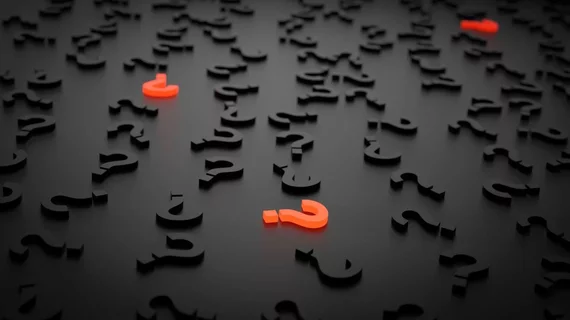Dead prisoner’s heart still missing as his family seeks answers
The heart of 43-year-old prisoner Brandon Clay Dotson is still missing nearly eight weeks after he was found dead at Ventress Correctional Facility in Clayton, Alabama. Nobody, it seems, knows exactly what happened to Dotson’s heart.
When Dotson died in November 2023, his family suspected foul play. Days later, when an independent autopsy revealed Dotson’s heart was missing from his body, Dotson’s family filed a lawsuit against the Alabama Department of Corrections, Alabama Department of Forensic Sciences and UAB Medical Center.
According to an update on the story from AL.com, U.S. District Judge Madeline Hughes Haikala held a three-hour hearing in Birmingham, Alabama, on Friday, Jan. 5. Five witnesses were questioned about the incident, but there are still no answers about the whereabouts of Dotson’s heart.
“The heart of a deceased person simply does not go missing in the absence of deliberate illegal activity or gross negligence on behalf of the entity or entities that had possession of the body prior to it being turned over to the family for burial,” according to the family’s lawsuit, as quoted by AL.com.
The director of the Alabama Department of Forensic Sciences did confirm that organs are typically examined and sectioned during autopsies, but there is no reason the entire heart would be missing.
Also, the prison system’s lawyers have said Dotson’s heart was still inside his body when it left the facility.
Click the link below for the full update from AL.com:

